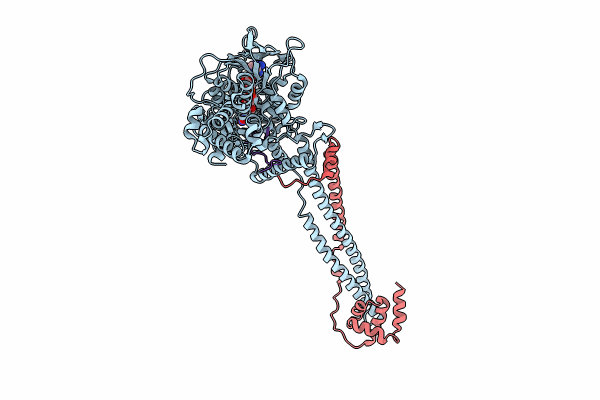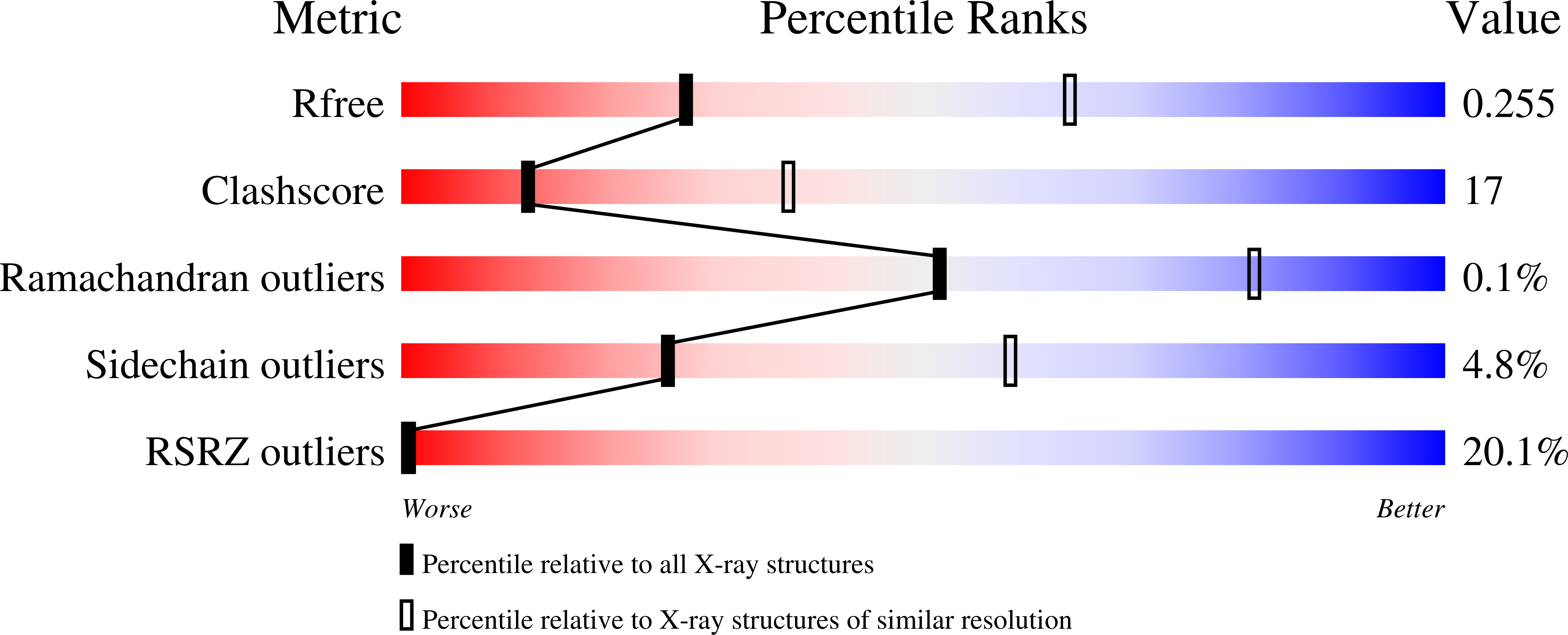
Deposition Date
2023-07-31
Release Date
2024-05-15
Last Version Date
2025-02-12
Method Details:
Experimental Method:
Resolution:
2.90 Å
R-Value Free:
0.25
R-Value Work:
0.23
R-Value Observed:
0.23
Space Group:
I 2 2 2


